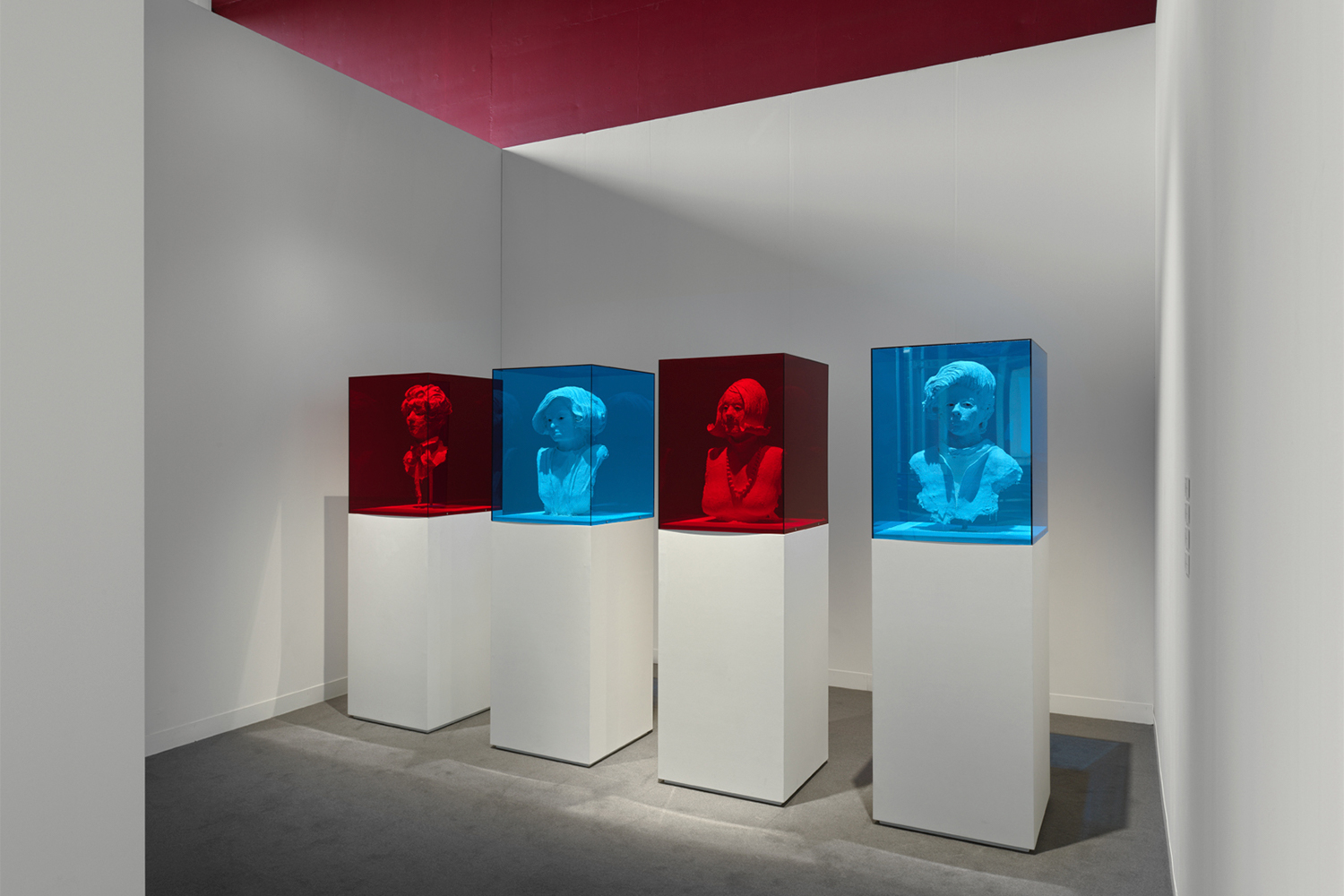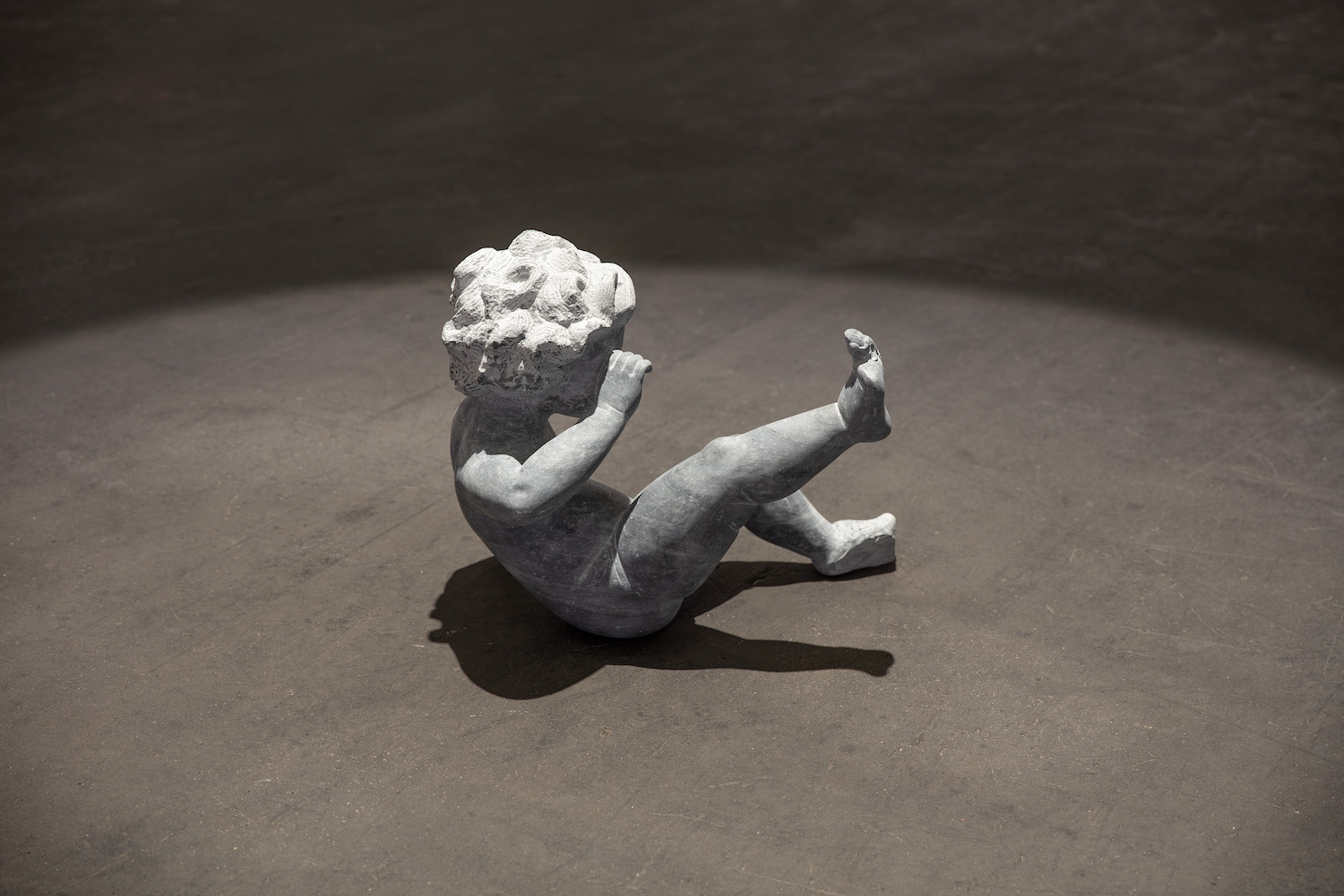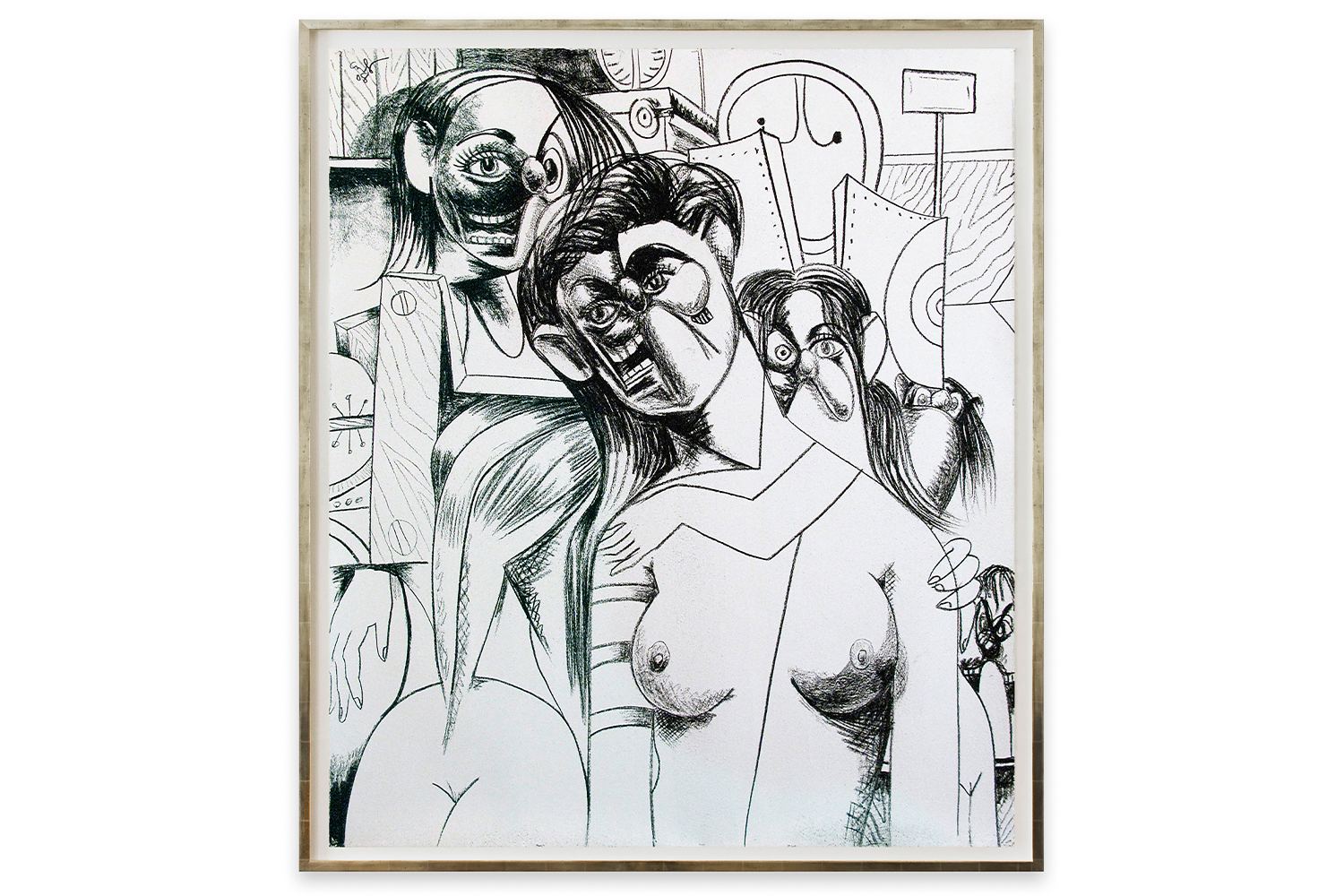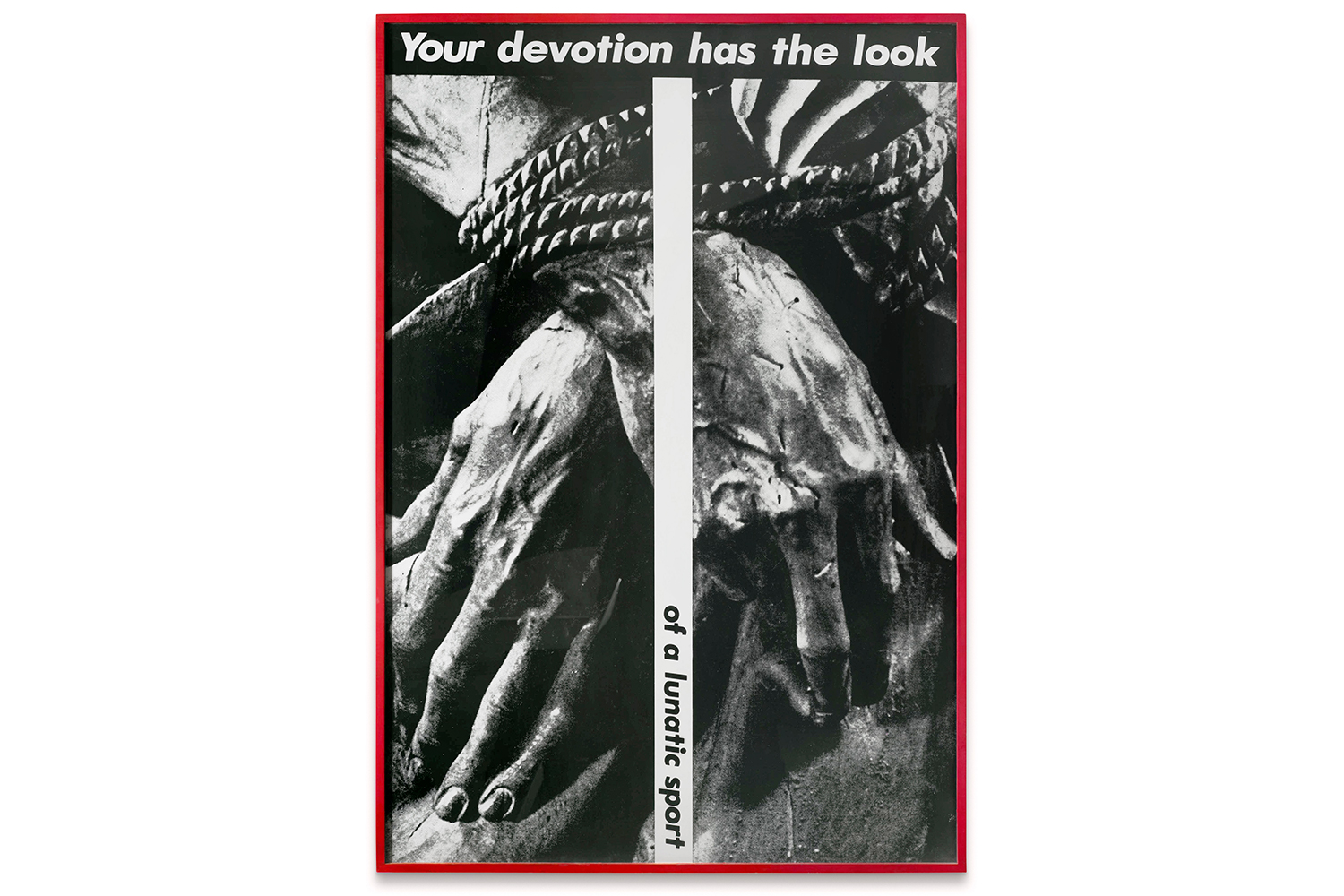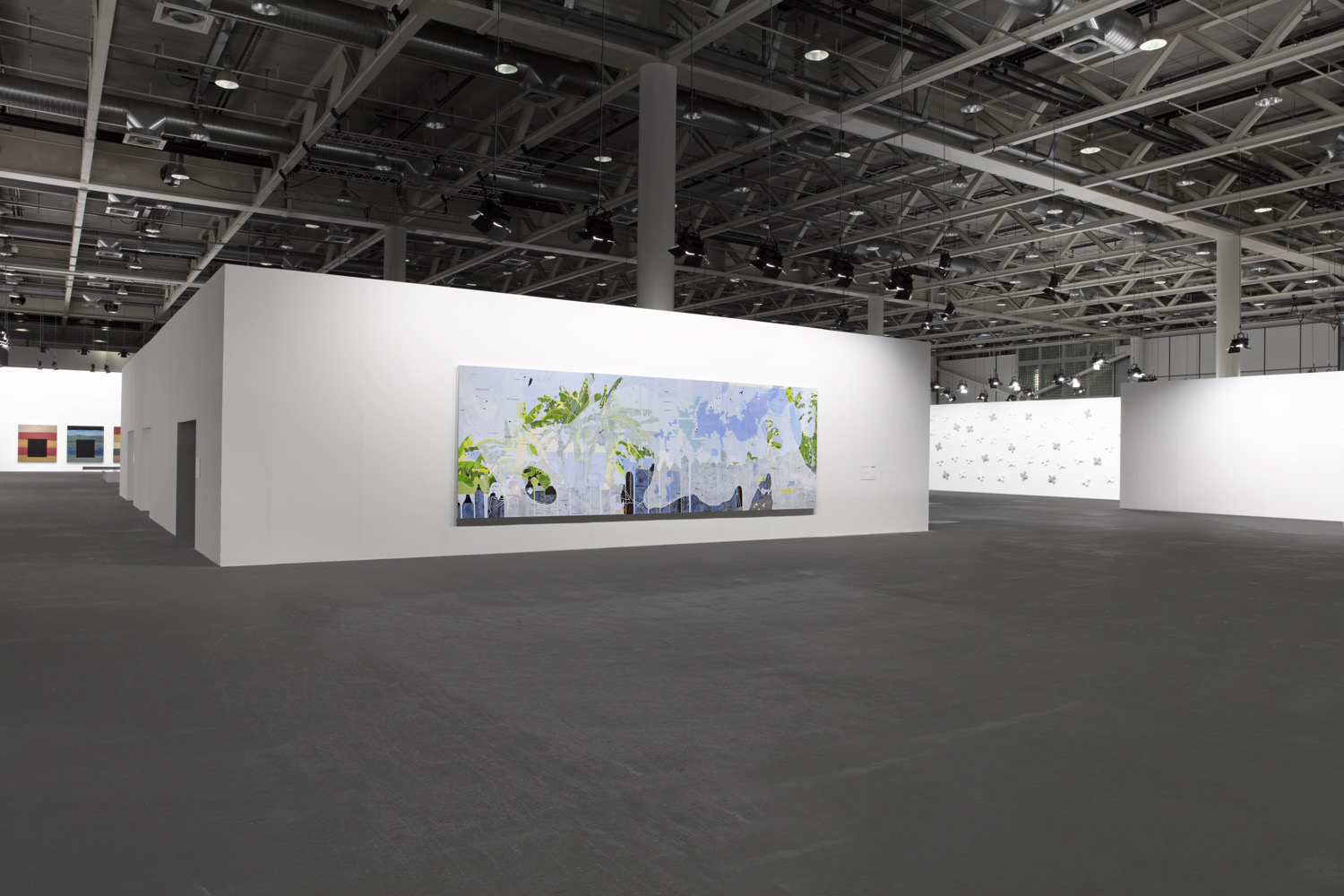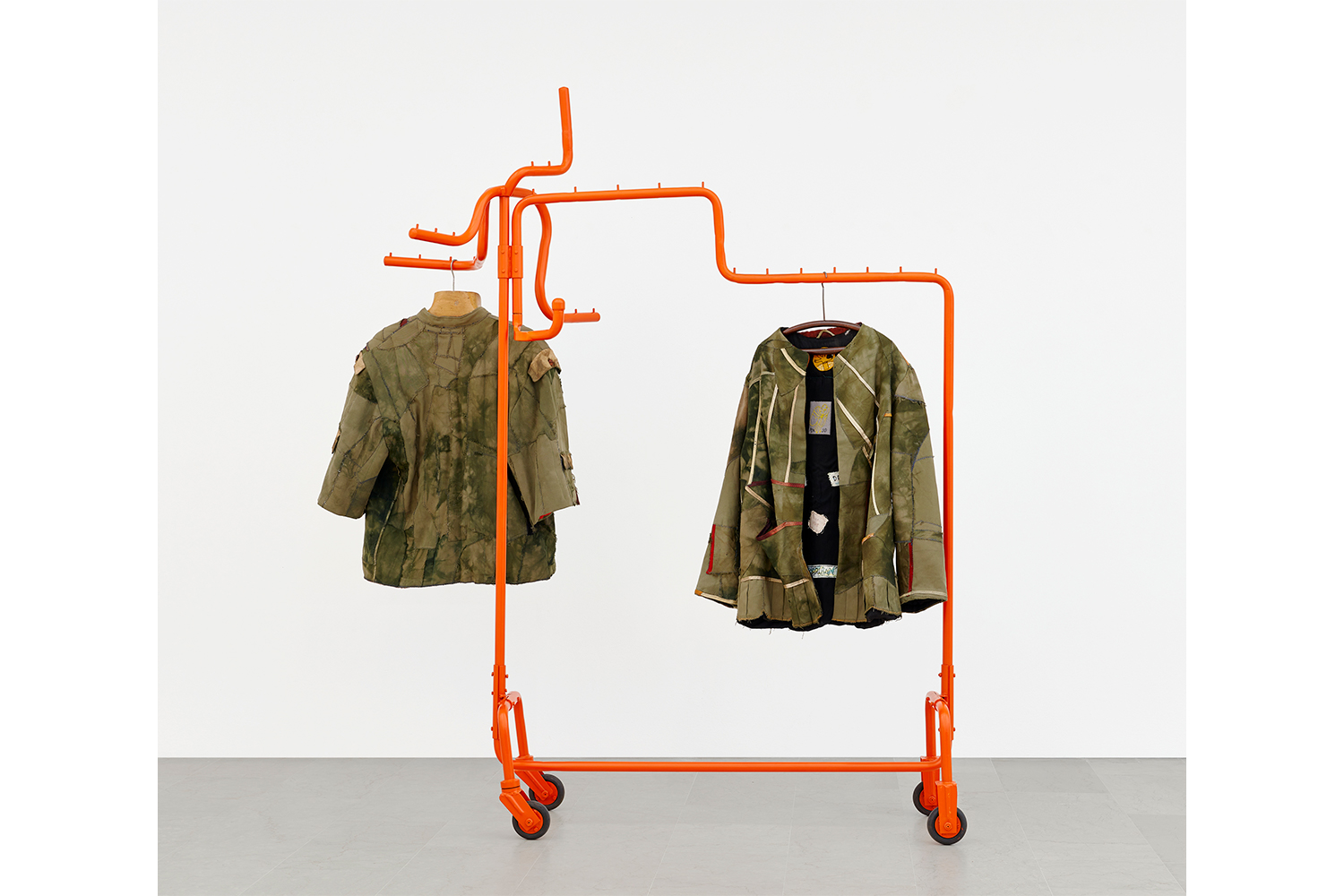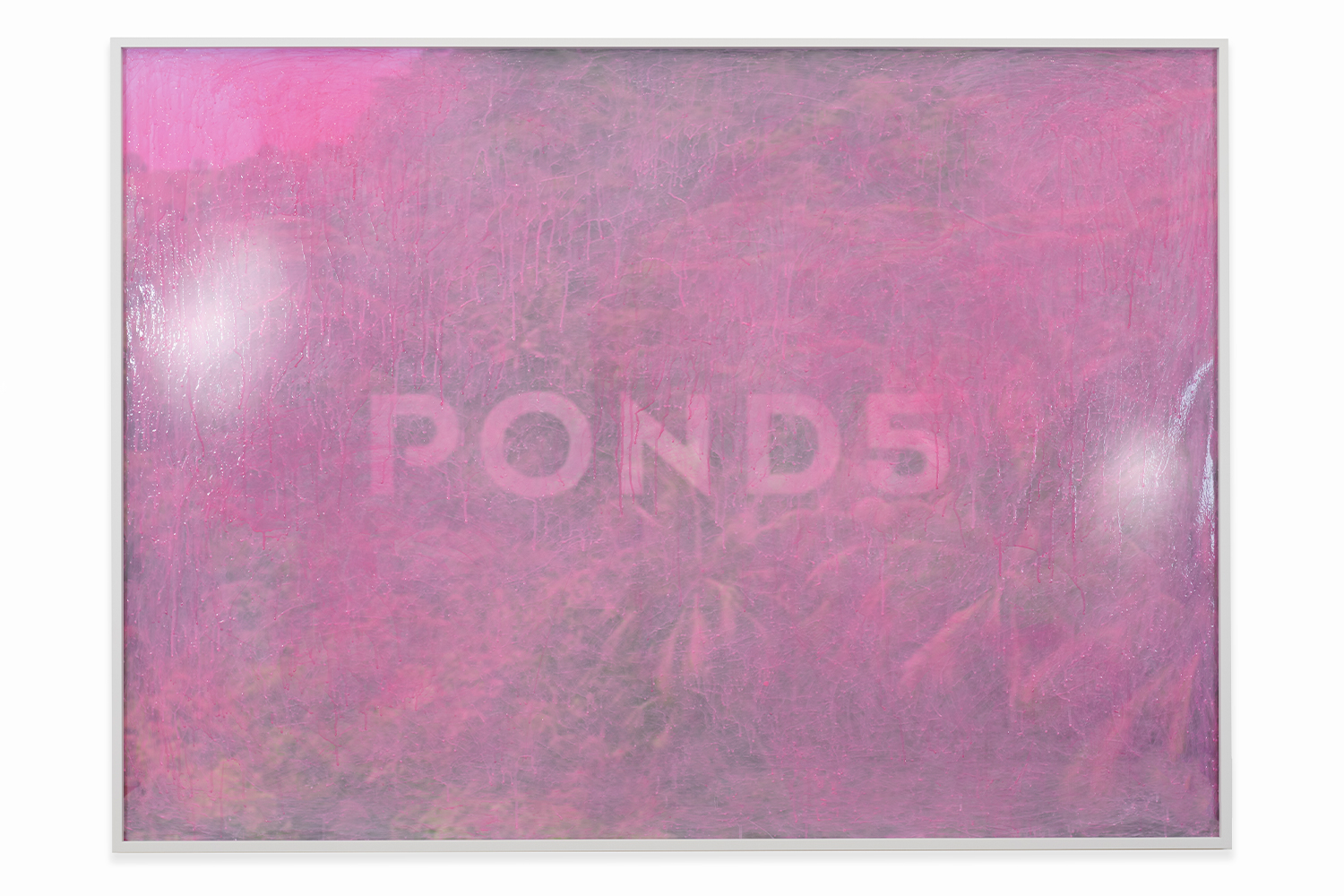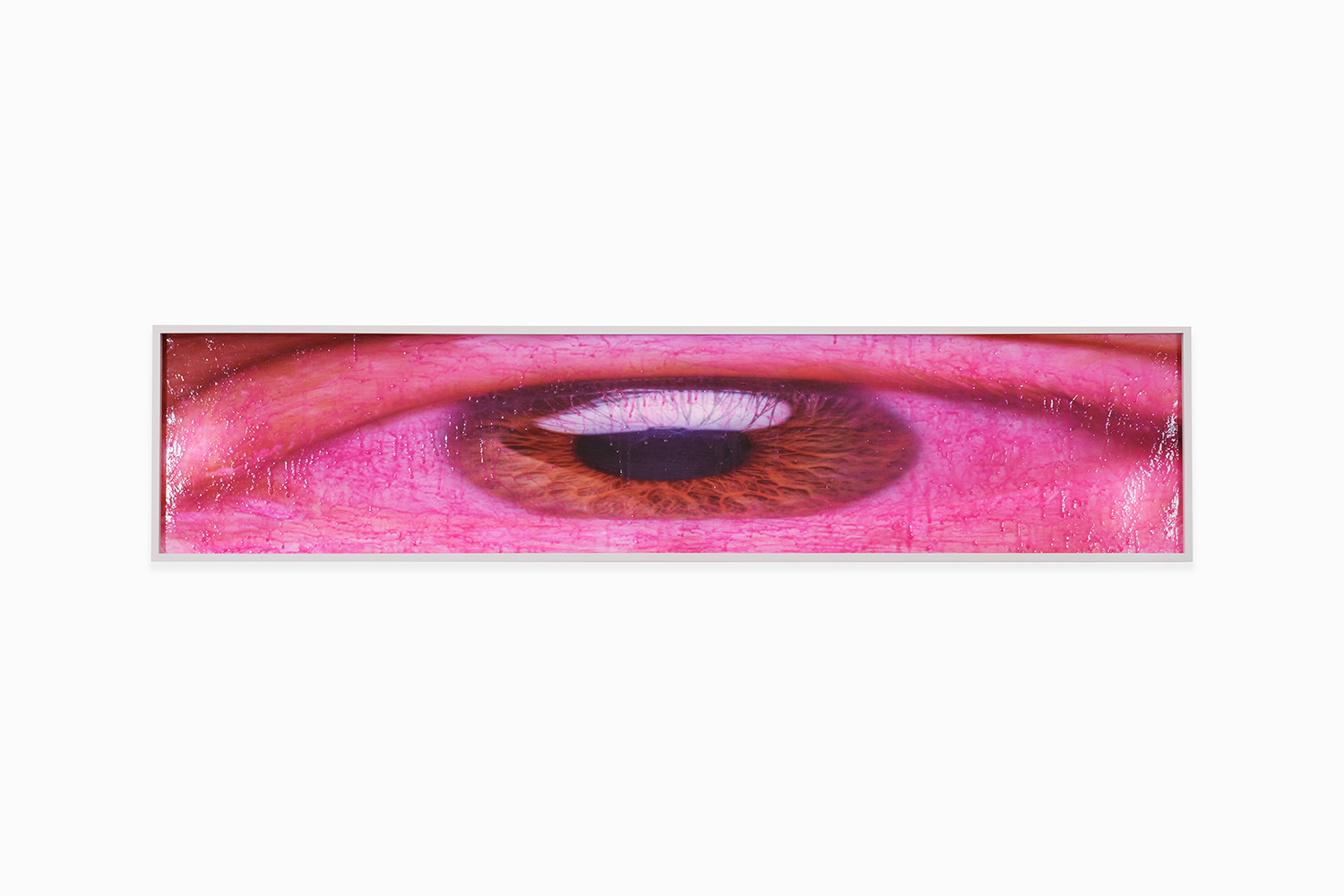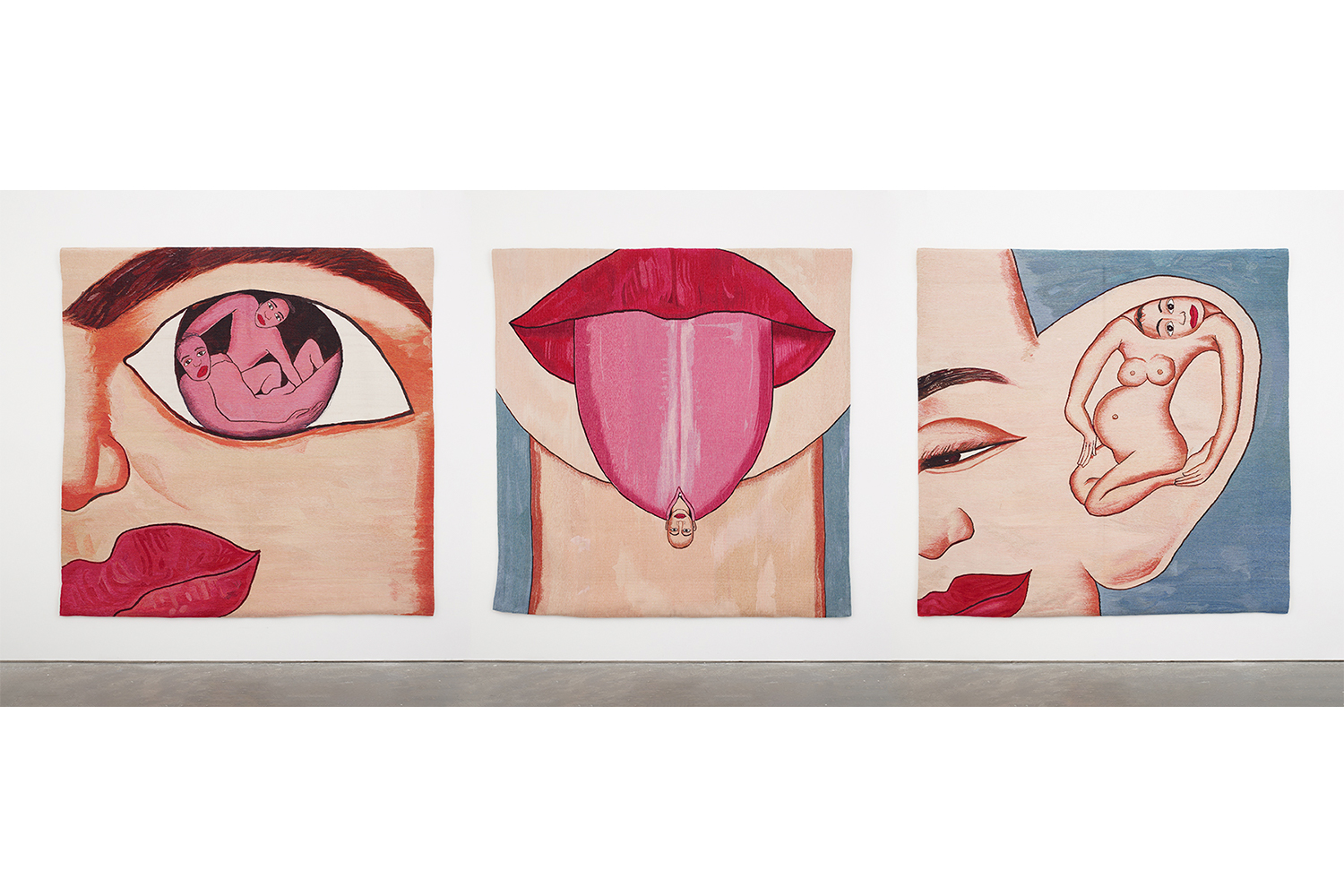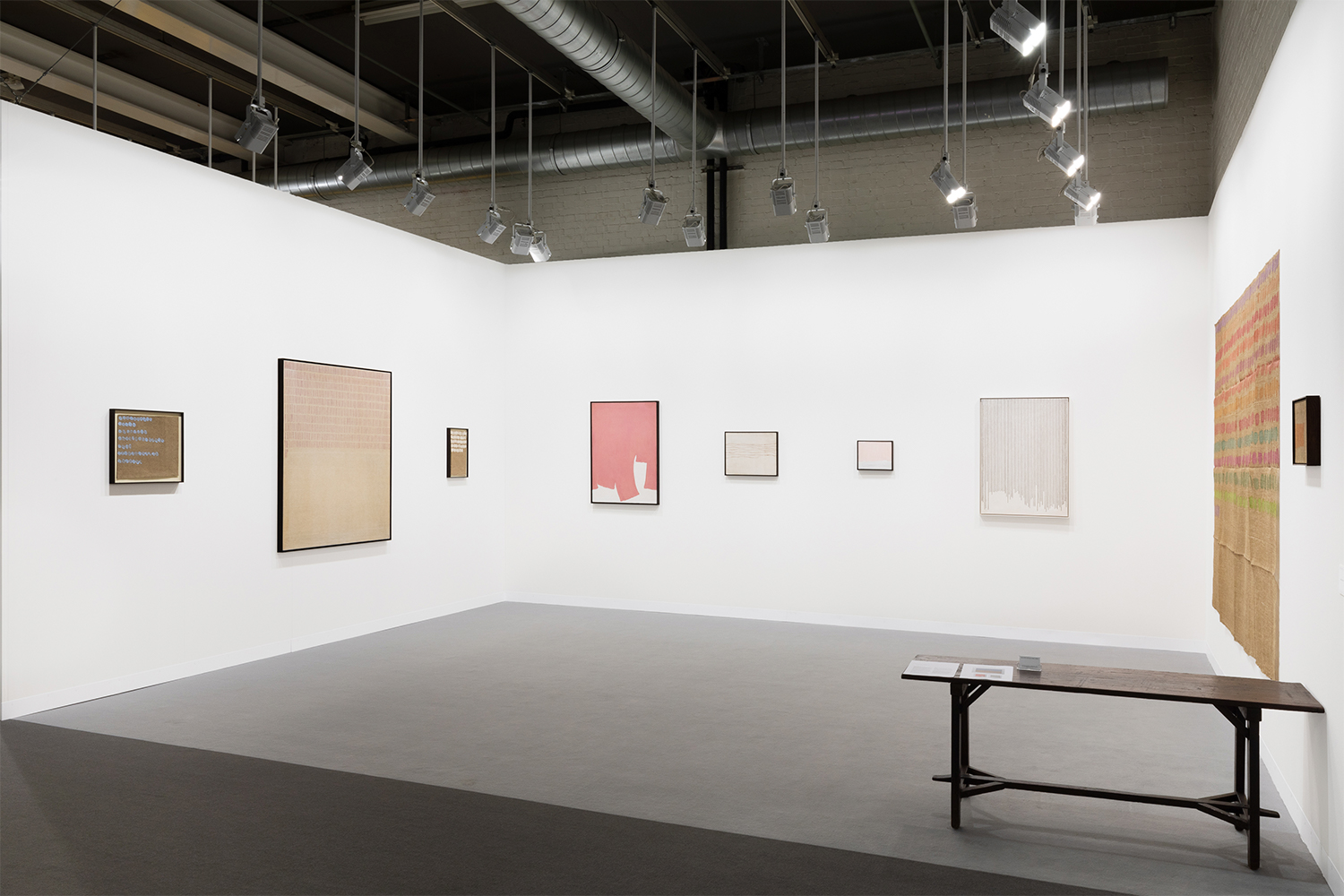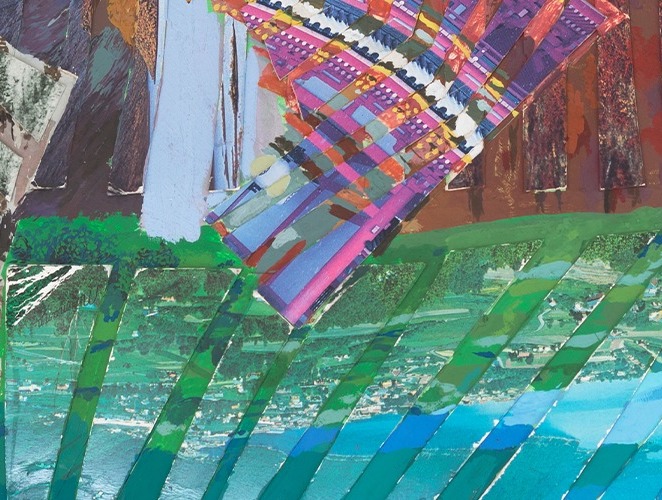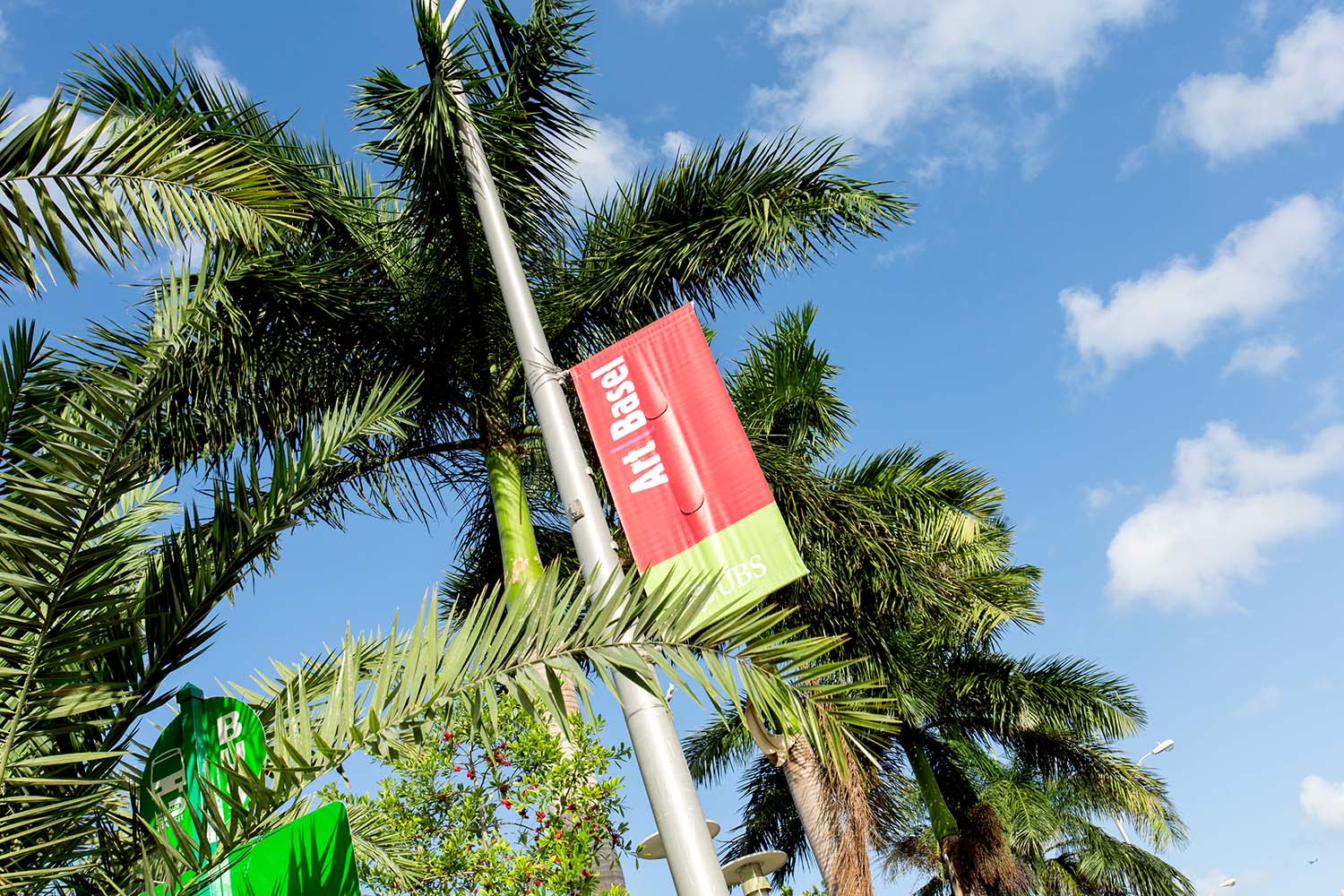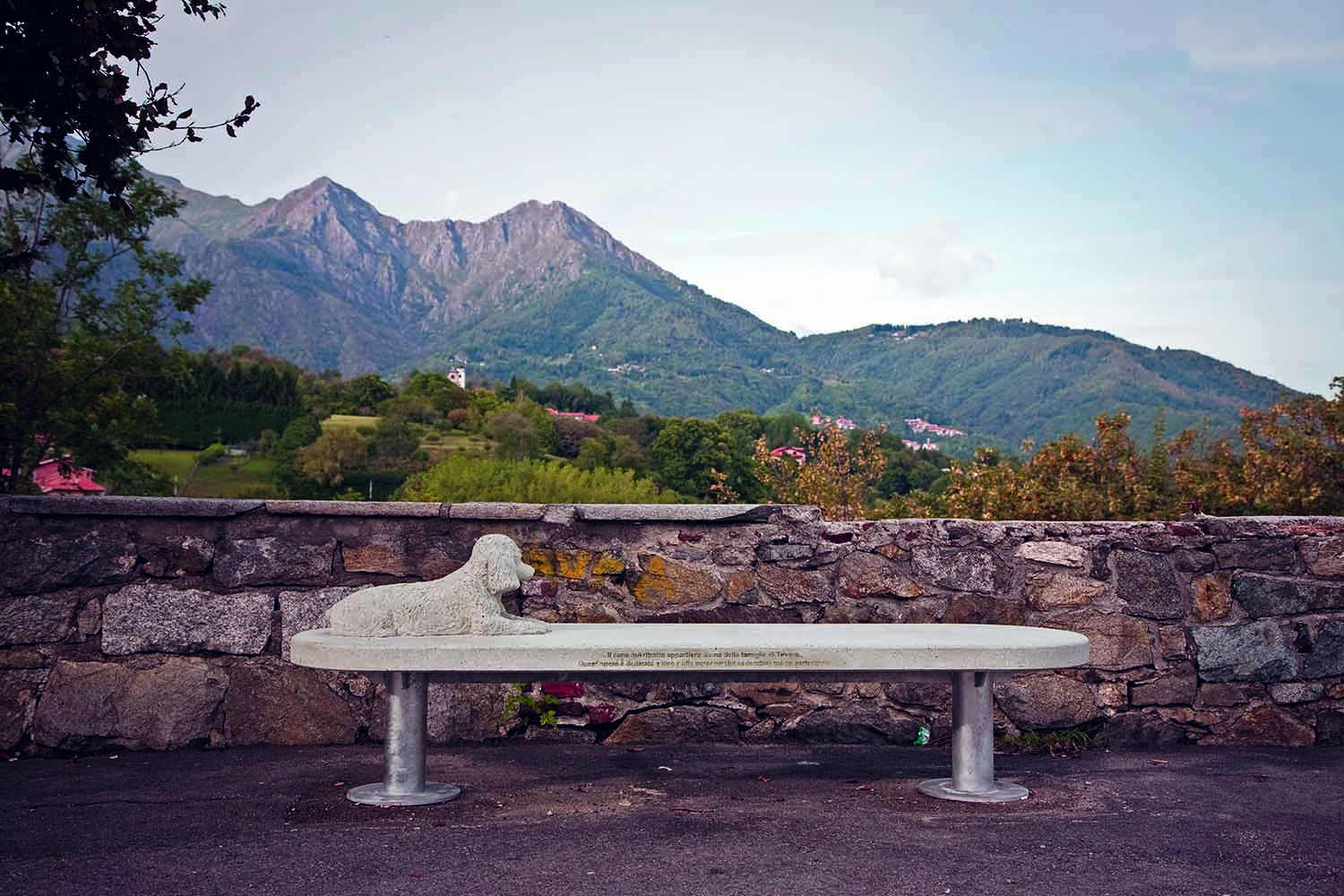Global Art Market News, Commentaries, and Critiques. A Column by Stefano Baia Curioni.
Urs Fischer, Untitled (Bread House), 2004-2006. Bread, bread crumbs, wood, polyurethane foam, silicone, acrylic paint, screws, tape, rugs, theater spotlights. Overall: approx. 500 x 400 x 500 cm. Photography by Stefan Altenburger. Courtesy of the artist and Jeffrey Deitch, New York. © Urs Fischer.
Jeffrey Deitch. Installation view at Art Basel, 2021. Photography by Stefan Altenburger. Courtesy of Jeffrey Deitch, New York and Los Angeles.
ZERO… Installation view at Art Basel, 2021. Courtesy of ZERO…, Milan.
Enzo Cucchi, Senza titolo, 2019. Marmo. 66 × 44 × 50 cm Courtesy of ZERO…, Milan.
John Baldessari, Helicopter and Dragonfly (Observing/Observed), 1990. Two color photographs 182.9 × 208.3 cm (overall). © John Baldessari 1992-1993. Courtesy of Estate of John Baldessari © 2021
Courtesy of Sprüth Magers, Berlin / London / Los Angeles.
George Condo, The Cabinet Maker’s Family, 2008.
Acrylic, charcoal, pastel and sand on paper. 152.4 × 130.8 cm. Courtesy of Sprüth Magers, Berlin / London / Los Angeles.
© George Condo/Artists Rights Society (ARS), New York, 2021
Barbara Kruger, Untitled (Your devotion has the look of a lunatic sport), 1982. Gelatin silver print.
180.3 × 124.5 cm. Courtesy of Sprüth Magers, Berlin / London / Los Angeles.
Hugo McCloud, The Burden of Man: waiting to breathe, 2021 presented by
Sean Kelly, New York and Suzanne Vielmetter, Los Angeles at Art Basel Unlimited, 2021. Courtesy of Sean Kelly, New York. © Hugo McCloud.
Hugo McCloud, The Burden of Man: waiting to breathe, 2021 presented by
Sean Kelly, New York and Suzanne Vielmetter, Los Angeles at Art Basel Unlimited, 2021. Courtesy of Sean Kelly, New York. © Hugo McCloud.
Art Basel! In a September full of uncertainties, hopes, and worries, the spark that drives the engine of the global art market has seemingly been reignited. Despite the messy context of COVID travel rules, approximately sixty thousand people passed through the gates of Messe Basel, a testament to the everlasting allure of this premier art fair. A contagious feeling — the unequivocal joy of seeing both art and art folks in person — was shared by gallerists and collectors alike, primed after two long years of web-based viewing platforms and zoom meetings.
Signs of a similar shared elation were also seen in Milan last week at Miart. At Basel, the sense of renewal was fed by a spate of important deals. Some gallerists arrived sharing doubts, hoping for but not expecting pre-pandemic sales levels. By the end of the week, many found that the reality was better than expected. The absence of collectors from the Unites States and the Far East, threatened by travel limitations, opened up a space for old protagonists, whose role had apparently diminished in recent years. As Marc Spiegler, global director of the Art Basel network of fairs, remarked, “The most important feature of this year in Basel was the rich, active, and supportive presence of a European collector base that stepped up to the stage.”
Ana Lupas, Coats to Borrow. Installation view, P420 at Art Basel, 2021. Photography by S. Pellion di Persano. Courtesy of P420, Bologna.
Ana Lupas, Coat to Borrow, 1989. Two handmade coats, various techniques, and coat rack in painted iron. Variable size. Photography by C. Favero.
Courtesy of P420, Bologna.
Pamela Rosenkranz, Anamazon (Round Waters), 2021. Acrylic paint, inkjet print, Plexiglass. 151 x 209 cm. Courtesy the artist and Karma International, Zürich.
Pamela Rosenkranz, I Wish I Could Cry Blood (All Mall), 2021. Acrylic paint, inkjet print, Plexiglass. 37 x 152 cm. Courtesy the artist and Karma International, Zürich.
Francesco Clemente,
The Senses (Sight, Taste and Hearing),
2000. Wool tapestry.
Three parts, 238.2 x 233.2 cm each. Courtesy of Francesco Clemente Studio.
Galleria Lorcan O’Neill. Installation view at Art Basel, 2021.
Photography by Dawn Blackman. Courtesy of Galleria Lorcan O’Neill, Roma.
Giorgio Griffa, Obliquo, 1971. Acrylic on canvas (pattina). 87 x 101 cm. Courtesy of Galleria Lorcan O’Neill, Roma.
Despite a slow start (compared to past editions), the deals flowed until the fair’s final hours last Sunday, overall showing an even distribution of sales among modern and contemporary, small works and large. Having overcome an objectively difficult context, the result was a sigh of relief. The next step will be Miami Basel, already showing an unexpected increase in the number of European galleries confirmed (more than thirty so far).
So far so good: the pleasure of being there in person was surpassed only by a palpable sense of renewed confidence in art as a sound investment.Nevertheless, there is no hiding the urgent necessity for change in the way the art system as a whole constructs its legitimacy and relevance. For example, we must intensify our capacity to work together, to connect, to share risks and benefits. A significant move in this direction was Art Basel’s decision to create a CHF 1.5 million “solidarity fund” to help galleries mitigate costs in the event of a shortfall in sales. The fund is being administered without huge formal controls, allowing galleries to opt in or out on a voluntary basis. It’s a concrete and visionary sign of how much winning and losing from now on will be the result not only of individual trajectories, but also a consequence of collective solutions.


